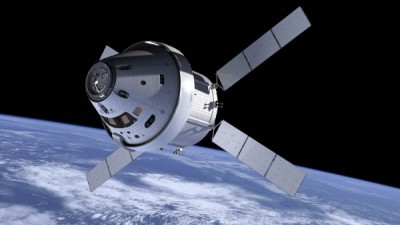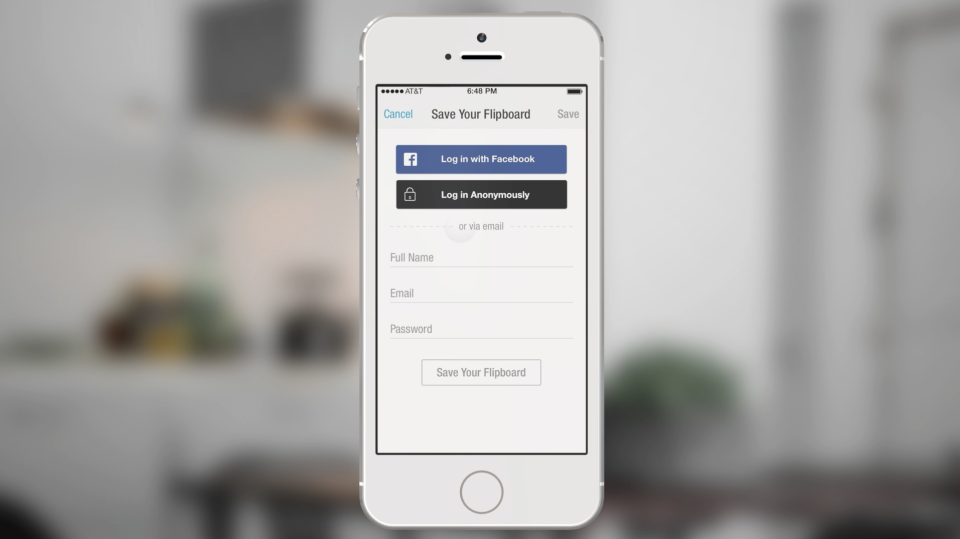
The new Orion spacecraft will have a range of updated features for 21st century space exploration and is capable of remaining in space for about six months.The Orion will also be roomier, with a larger crew and service module. The launch escape system has also been updated. In the event of trouble on the launch-pad or during launch, a smaller rocket will propel the crew module away from the main rocket, deploy parachutes and land safely.
Nasa plans a late 2014 test of the entire system that will see Orion fly 15 times farther into space than the International Space Station, before returning to earth at speeds of more than 30,000 kilometres per hour and splashing down in the Pacific Ocean.The Orion Multi-Purpose Crew Vehicle (MPCV) is a planned, beyond-low Earth orbit (LEO) manned spacecraft built by Lockheed Martin for NASA.
With the Orion, NASA is taking a ‘back to the future’ approach and using technologies that are decades old, but have proven themselves to be cost-effective and reliable, with the short-term goal of returning to the moon and a long-term goal of landing humans on Mars.





